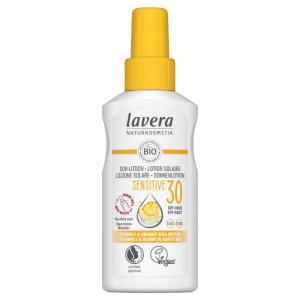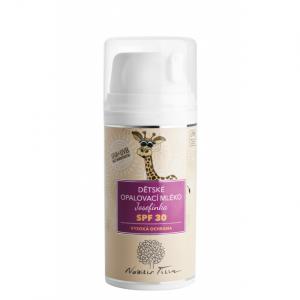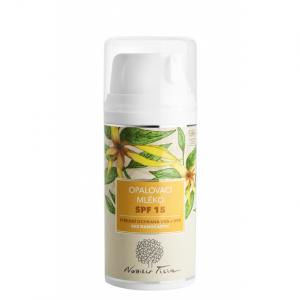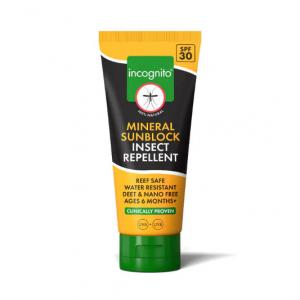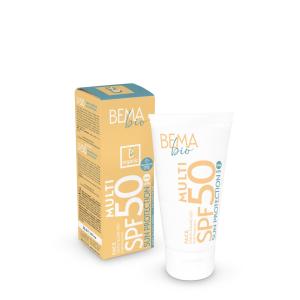
How to Quickly Get Rid of Pigment Spots
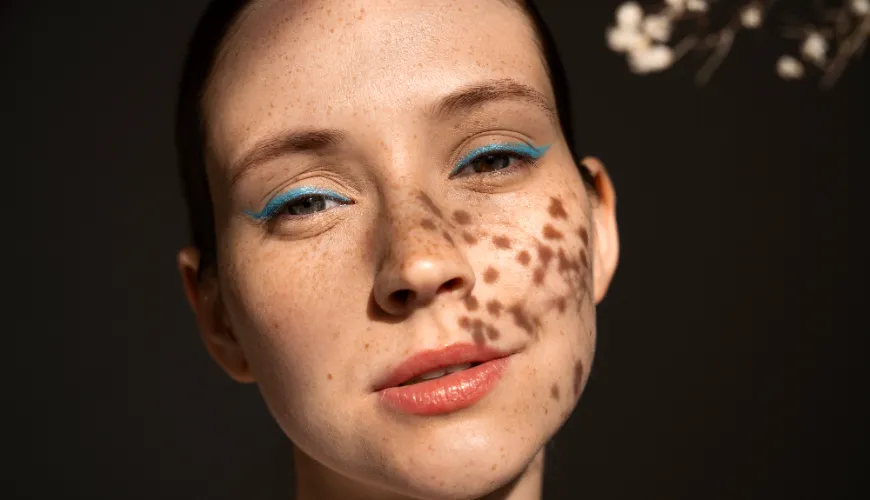
What are Pigment Spots?
A pigment spot is a discoloration of the skin that occurs due to excessive production of melanin – the pigment that determines the color of our skin, hair, and eyes. These spots can appear anywhere on the body, but are most commonly found on the face, neck, décolleté, and hands, areas most exposed to sunlight. Although they are not a health threat on their own, they can be an aesthetic concern for many people.
Mechanism of Pigment Spot Formation
The main cause of pigment spots is sunlight exposure. When our skin absorbs ultraviolet (UV) rays, melanocytes – cells producing melanin – respond with increased production of this pigment as a protective mechanism. This process is natural and is the basis of tanning. However, excessive sun exposure can lead to uneven melanin production, which results in darker areas on the skin, namely pigment spots.
Factors Influencing Pigment Spot Formation
In addition to sunlight, other factors also play a role in the formation of pigment spots. Hormonal changes, such as pregnancy or the use of hormonal contraceptives, can lead to melasma, a form of pigment spots often appearing on the cheeks. Aging skin is another factor; as we age, our skin becomes thinner and more susceptible to UV damage. Genetic predispositions also play a significant role – some people are simply more prone to developing pigment spots than others.
Aesthetic and Psychological Impact
Even though a pigment spot does not pose a health risk, it can have a significant impact on an individual's self-esteem. Visible spots on the face or other exposed areas of the body can cause discomfort and anxiety. For many individuals, the pursuit of an even complexion can be a motivation to seek solutions and preventive measures.
Prevention and Protection
Prevention is key in the fight against pigment spots. Using sunscreens with a high SPF factor is a fundamental step. It is recommended to apply them daily, even when it is cloudy or if you plan to spend time indoors. It is also important to reapply the cream every few hours, especially after swimming or excessive sweating.
In addition to creams, it is advisable to avoid direct sunlight during its peak intensity, between 10 a.m. and 4 p.m. Consider wearing protective clothing, wide-brimmed hats, and sunglasses.
Try our natural products
Treatment Options and Solutions
For those who already have pigment spots, there are various cosmetic and dermatological options available. Chemical peels are one popular method that helps renew the skin and reduce the appearance of spots. They work by removing the top layers of the skin, revealing fresher and more even skin.
Another option is laser therapy, which targets specific areas of hyperpigmentation, breaking down excess melanin and promoting the natural skin regeneration process. These procedures should, however, be performed under the supervision of an experienced professional to ensure both effectiveness and safety.
Choosing Suitable Cosmetic Care
If you prefer less invasive methods, a range of cosmetic products offers solutions for lightening the skin and reducing pigment spots. Creams containing vitamin C, kojic acid, niacinamide, or arbutin are known for their brightening properties. When choosing products, it is important to consider not only the composition but also the type of your skin and its specific needs.
Natural Approaches to Treating Pigment Spots
Some people prefer natural methods over chemical and technological interventions. There are several home remedies that can contribute to improving skin appearance. For example, lemon juice is known for its ability to brighten the skin due to its citric acid content. Using aloe vera can help soothe irritated skin and promote cell regeneration.
Another popular method is using honey mixed with yogurt, which can contribute to gentle skin lightening and improving its overall appearance. While these methods may have some benefits, it is important to be cautious, as natural ingredients can trigger allergic reactions in some people.
The Importance of Consulting a Specialist
When addressing pigment spots and aiming for prevention, it is always advisable to consult with a specialist – whether a dermatologist or an experienced aesthetic physician. A professional approach ensures that you choose a solution that is not only effective but also safe for your skin.
Pigment spots are a common issue, but with proper care and knowledge, they can be managed or even eliminated. The key is prevention, protecting the skin from the sun, and responding promptly to emerging issues. Although there is no single universal solution for everyone, each individual can find the most suitable approach for achieving healthy, even, and radiant skin. It is important to have realistic expectations and understand that skin beauty and health is a long-term process that requires patience and discipline.
